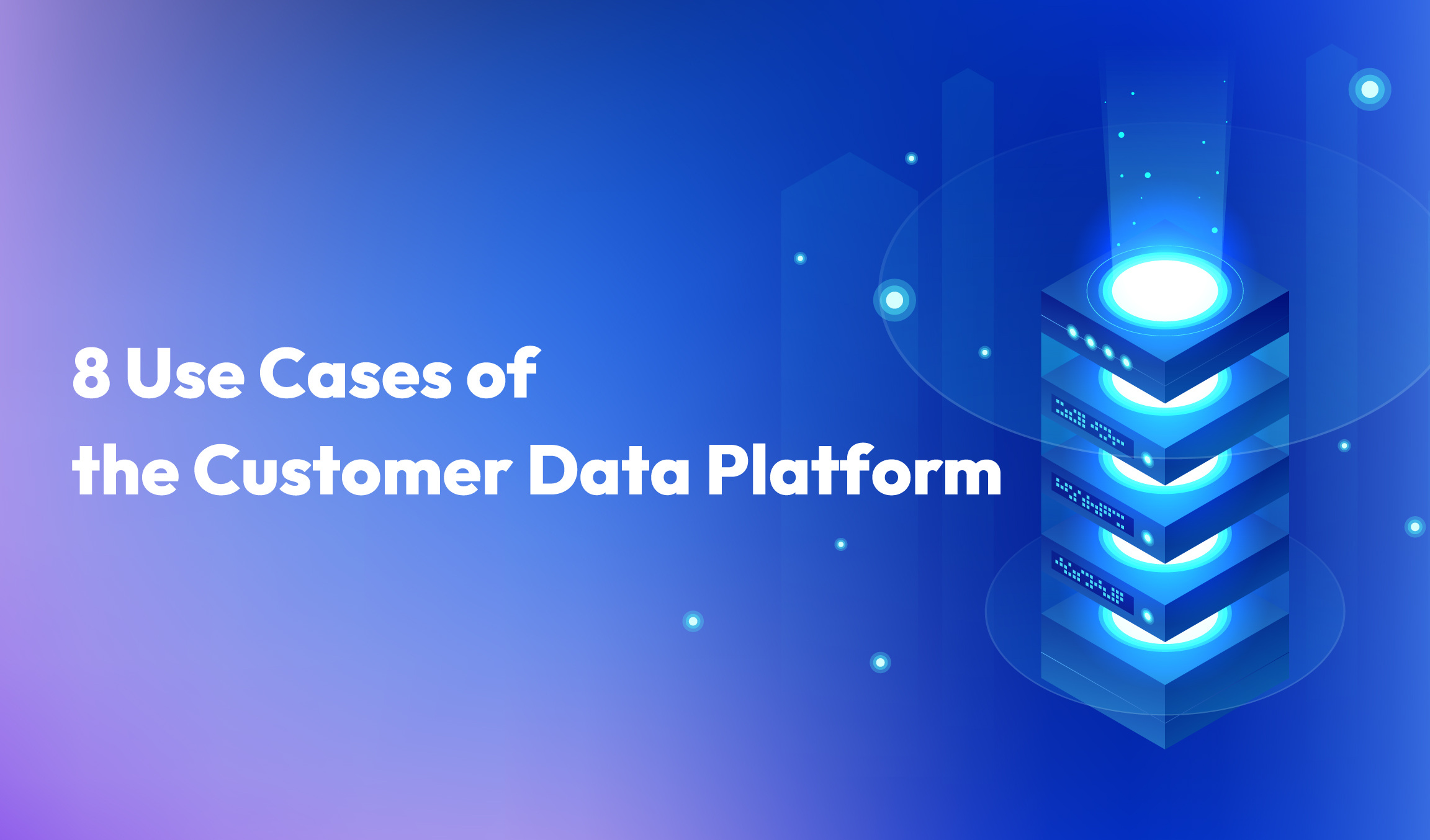4 min read
In today’s technology-driven financial marketplace, digital-first consumers can apply for loans on a smartphone and invest in emerging markets with a simple swipe. For financial businesses in Asia Pacific, keeping pace with these fast-growing consumer expectations can be a challenge. In this blog, we will look at the real-world implications of three key consumer trends – and how financial institutions can leverage the power of artificial intelligence (AI) to exceed expectations, drive loyalty, and boost conversions.
1. Demanding for Real-Time Engagement
Consumers in Asia Pacific live in a fast-paced digital world, and they have an insatiable need for speedy services and real-time engagement. More than 80 percent of consumers expect brands to respond to their queries within 24 hours , while 56 percent expect that within three hours.
Keeping up can be a tall order, and call centers often struggle with the volume of incoming messages. Furthermore, lack of contextual information often prevents businesses delivering the personalized advice that today’s tech-savvy consumers expect.
To meet the needs of always-connected customers, marketers are turning to AI tools, which leverage real-time data and predictive analytics to target customers with proactive recommendations and personalized services at every stage of their consumer journey.
In retail banking, for example, AI-powered virtual assistants and chatbots support customers with personalized, real-time advice to help manage spending habits. Such approach helps financial businesses deliver on customer expectations, but they also generate powerful 360-degree insights that improve efficiency across the board – especially when it comes to cross-selling or developing new products.
That said, it is important to acknowledge that not all consumers appreciate hyper-personalized messaging. For some, it can feel intrusive. Here, AI can help brands identify the role they should play at each stage of the customer journey to understand how best to engage individual customers based on their interests and behavior.
2. Sharing Data in Return for Tailored Services
Today’s digital-savvy consumers demand personalized brand engagements built on trust – rather than just sales. A recent Accenture study suggests that six in ten consumers are willing to trust the financial sector with significant personal data – provided their needs are met in return.
Approached correctly, data sharing can be a win-win for businesses and consumers. By using AI to analyze millions of data-points, financial businesses can quickly gain insights into an individual customer’s spending patterns and behaviors – then leverage those insights to provide smart, instant, personalized services.
Let’s imagine that you are an insurer that offers various types of insurances. You are looking to engage new car owners who are looking for car insurances. Using AI to analyze a wide range of factors, such as behavior data on the web and mobile, spending habits and working history, you could prompt potential clients with relevant plans on the perfect make according to their finances and lifestyle.
Take things a step further by layering in third-party data, and you can discover their external behavior and interests, which indicate someone could also be looking to buy a new apartment or have been reading articles about medical insurance. With such audience insights, you can then personalize product recommendations to increase the share of wallet.
Provided marketers demonstrate this level of added value, and offer tangible benefits, intelligent personalization can spur consumers to act when they might otherwise not have.
3. Being Digital-First and Data-Cautious
Navigating the ‘privacy vs personalization’ debate is one of the biggest challenges facing marketers today. Customers desire greater personalization, yet they are uncomfortable with behavior tracking and concerned about ‘creepy’ data-use.
The good news for financial providers is that trust in the financial sector seems much higher. The same Accenture study pointed out that the kind of personal information that consumers wouldn’t mind sharing with their bank including location data and lifestyle information, in exchange for a better deal.
Not that financial services companies can rest on their laurels, though. In the wake of multiple data breaches making headlines around the world, privacy is a hot topic, and consumers are becoming more inquisitive about what steps are being taken to protect their data by the brands they interact with.
Collecting data ethically, within the strict regulations that govern data privacy, is fundamental to winning consumer trust. However, what of the threat posed by cybercriminals attracted by high-value data?
According to Cisco, Asia-Pacific companies receive six cyber threats every minute . That may sound worrying, but cybersecurity can gain significantly from the application of AI. By predicting patterns, based on past customer behaviors, AI can identify potential threats and prevent fraud before it occurs.
As the financial sector entrusts AI with more and more customer data, AI will need to rise to the challenge and protect consumers and brands from data loss. That way, the financial sector can provide the truly relevant customer experiences that meets each individual’s specific needs.
* Want to find out more about how AI can help financial institutions analyze data, make precise predictions and offer insights that enable them to create a more effective marketing strategy and campaigns? Download our latest white paper ‘ Predict Customer Behavior in Financial Services: How Artificial Intelligence and Data Science Enable Better Marketing and Higher ROI ’ now.



